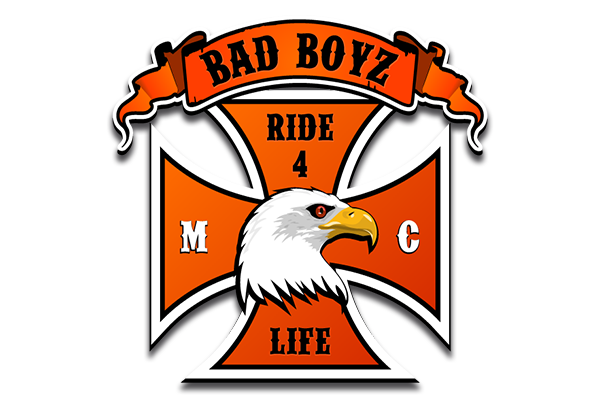The Canada Revenue Agency sets annual limits on how much of a long-term asset’s cost can be amortized in a given year. Accounting standards do not allow us to expense the entire value of the asset in the year they are purchased because their value is derived over a longer period of time—called their expected useful life. One key reason to write off assets is to lower your tax bill, so the IRS gets involved in depreciation, too. As a business owner, you can’t write off the cost of all major purchases in one year.
- For example net sales is gross sales minus the sales returns, the sales allowances, and the sales discounts.
- One of the most frequent mistakes in calculating depreciation expense is incorrectly classifying assets.
- In addition, from a tax perspective, because depreciation is considered a non-cash expense, it can decrease a company’s taxable income, thus, reducing the amount of taxes owed.
- There are many methods of calculating depreciation but there are two main systems, straight line and reducing balance.
- The assumption behind accelerated depreciation is that the fixed asset drops more of its value in the earlier stages of its lifecycle, allowing for more deductions earlier on.
Close book faster with Sage Expense Management.
So, depreciation per unit of production is (£80,000 – £30,000) / £50,000 – £1 per unit of production. Certain vehicles like delivery trucks, cargo vans with special modifications, and ambulances are not subject to luxury auto limits at all. The guidance for determining scrap value and life expectancy can be ambiguous. Investors should be wary of overstated life expectancies and scrap values.
Understand your financial statements
If a company only records an initial expense, it will carry over large net losses for several years. For simplicity, let’s assume the equipment’s salvage value will be zero after ten years. This account balance or this calculated amount will be matched with the sales amount on the income statement. A record Certified Public Accountant in the general ledger that is used to collect and store similar information.
Cash Flow Management Explained: The Lifeblood of Your Business
By allocating costs over time, companies present a more accurate and transparent picture of their financial health. This transparency strengthens stakeholder trust and contributes to a company’s CSR initiatives. It also presents a more accurate reflection of a company’s sustainability by signaling how long the company can continue to operate with its current assets.
- While depreciation can provide attractive tax advantages, this does come with the tradeoff of a lower net income reported on the profit and loss statement.
- Depreciation expense is classified as a non-cash expense because the recurring monthly depreciation entry does not involve any cash transactions.
- The accumulated depreciation account is a contra-asset account on a company’s balance sheet.
- For mature businesses experiencing low, stagnating, or declining growth, the depreciation to capex ratio converges near 100%, as the majority of total Capex is related to maintenance Capex.
- When an asset is finally retired, a journal entry is made to remove the asset from the accounting system.
- The assessed value of the house is $75,000, and the value of the land is $25,000.
What Is Depreciation in Business?
- Selecting the most appropriate depreciation method for your business assets is a crucial decision that can impact your financial statements and tax obligations.
- Depreciation methods such as straight-line and accelerated depreciation provide varying approaches to reflect asset value over time.
- The particular way to calculate depreciation expense depends on the type of depreciation used, as covered below.
- Modern corporations are increasingly held to standards of Corporate Social Responsibility (CSR), which includes transparent and responsible financial reporting.
It is simply an depreciation expense allocation of historic cost over future periods as the asset is used in the business to help keep the business operating. But depreciation for tax purposes doesn’t necessarily represent a company’s actual costs for use of its fixed assets. It is common and acceptable for businesses to use a parallel depreciation method for financial reporting purposes that more accurately reflects the assets’ decrease in value. The most common accounting depreciation methods are straight-line, declining balance, and units of production, each with its own calculation formula to allocate an asset’s cost over its useful life.
Those assets should be considered expenses in the income statement based on the systematic way or proportion they are used as we contribute to generating income or running operations. A depreciation schedule is a schedule that measures the decline in the value of a fixed asset over its usable life. This helps you track where you are in the depreciation process and how much of the asset’s value remains.

Comments ( 0 )